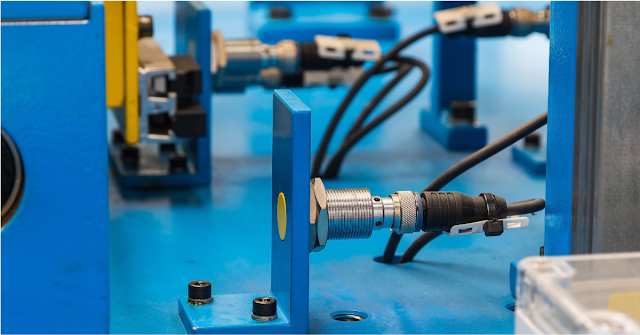In today’s industrial automation landscape, energy efficiency and precise motor control are more important than ever. A Variable Frequency Drive (VFD) plays a vital role in achieving both. Whether you're a maintenance engineer, automation technician, or facility manager, understanding VFDs can help you save energy, reduce costs, and improve performance.
What is a Variable Frequency Drive (VFD)?
A Variable Frequency Drive (VFD) is an electronic device that controls the speed and torque of electric motors by varying the motor input frequency and voltage. By adjusting the power supplied to the motor, a VFD ensures optimal performance for different load conditions.
How Does a VFD Work?
A VFD operates in three basic stages:
-
Rectifier Stage: Converts incoming AC power to DC.
-
DC Bus: Smooths the DC power using capacitors.
-
Inverter Stage: Converts DC back into variable-frequency AC power to control the motor.
This variable output allows precise control of motor speed and torque, which is essential in many industrial applications.
Key Benefits of Using VFDs
-
Energy Efficiency: By matching motor speed to load requirements, VFDs can reduce energy consumption.
-
Extended Equipment Life: Soft start and stop reduce mechanical stress on motors and connected equipment.
-
Reduced Maintenance Costs: Less wear and tear means fewer breakdowns and longer intervals between maintenance.
-
Improved Process Control: Fine-tuning motor speed enhances product quality and consistency.
Common Applications of VFDs
-
HVAC Systems: Optimizing fan and pump speeds based on demand.
-
Conveyor Belts: Adjusting speed for different production rates.
-
Compressors and Blowers: Lowering operating costs through precise speed control.
Selecting the Right VFD
When choosing a VFD, consider:
-
Motor specifications (voltage, current, horsepower, etc.)
-
Type of load (constant or variable torque)
-
Environmental conditions (temperature, humidity, dust)
Conclusion
A Variable Frequency Drive is a game-changer in the world of industrial motor control. By understanding how VFDs work and where to apply them, you can improve system efficiency, cut operational costs, and increase the reliability of your equipment.
Whether you're upgrading an existing system or designing a new one, integrating VFDs should be high on your priority list.







0 Comments